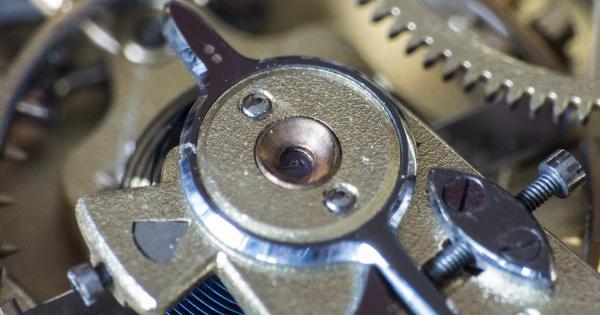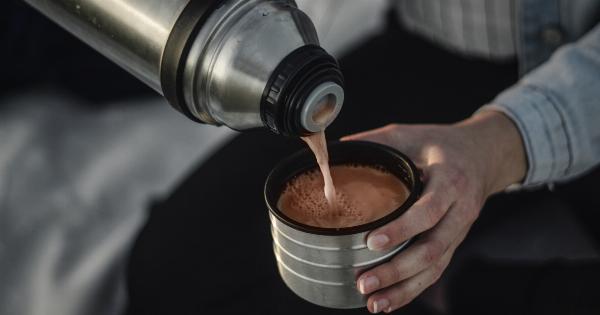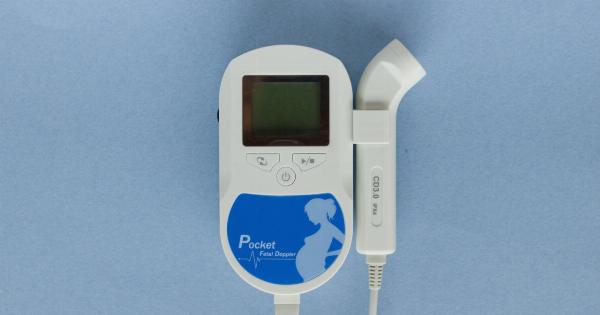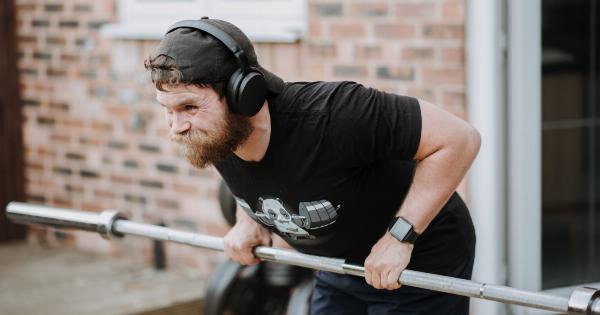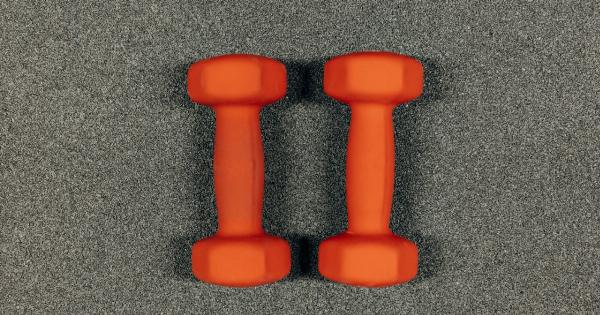Iron is an essential mineral needed for various bodily functions. It plays a crucial role in the production of red blood cells, carrying oxygen throughout the body, and supporting overall energy levels.
Iron deficiency can lead to fatigue, weakness, and a compromised immune system. While there are dietary sources of iron, such as red meat, spinach, and legumes, incorporating specific movements into your workout routine can also help increase your iron levels.
In this article, we will explore four movements that can boost your iron levels and improve your overall health.
1. Squats
Squats are a compound exercise that targets multiple muscle groups, including your quadriceps, hamstrings, glutes, and core. When performed correctly, squats engage a large number of muscles, leading to increased oxygen demand and circulation.
This increased circulation stimulates the production of red blood cells, which, in turn, helps to increase your iron levels. To perform squats, stand with your feet shoulder-width apart, lower your body as if you are sitting back into a chair, and then push through your heels to stand back up.
Start with bodyweight squats and gradually increase the resistance over time for optimal iron-boosting benefits.
2. Deadlifts
Deadlifts are another excellent movement for increasing your iron levels. They target multiple muscle groups, including the hamstrings, glutes, lower back, and grip strength.
Deadlifts also require a significant amount of effort and energy, leading to increased oxygen consumption. This increased oxygen consumption stimulates the production of red blood cells and can help improve your iron status.
To perform a deadlift, stand with your feet hip-width apart, grip the bar with your hands shoulder-width apart, keep your back straight, and lift the bar by driving through your heels. Start with light weights and focus on maintaining proper form to avoid injury and maximize iron-boosting benefits.
3. Lunges
Lunges are a lower body exercise that targets the quadriceps, hamstrings, glutes, and calves. They require a significant amount of muscular effort, leading to increased oxygen demand and circulation.
This increased circulation stimulates the production of red blood cells and can help improve iron levels. Lunges can be performed in various ways, including walking lunges, stationary lunges, or reverse lunges.
To perform a lunge, start by standing with your feet hip-width apart, take a step forward or backward, lower your body until your front or back knee is bent at a 90-degree angle, and then push through your heel to return to the starting position. Incorporate lunges into your workout routine to support healthy iron levels.
4. Jumping Jacks
Jumping jacks are a full-body cardiovascular exercise that engages multiple muscle groups, including your legs, arms, and core.
This exercise increases your heart rate and breathing rate, leading to improved circulation and oxygen delivery throughout your body. The increased oxygen delivery stimulates the production of red blood cells, supporting healthy iron levels. To perform jumping jacks, start by standing with your feet together and arms by your sides.
Jump your feet out to the sides while simultaneously raising your arms above your head. Jump back to the starting position and repeat for a set number of repetitions or time. Include jumping jacks in your workout routine to boost your iron levels.
Conclusion
Iron plays a vital role in maintaining overall health and energy levels. While there are dietary sources of iron, incorporating specific movements into your workout routine can also help support healthy iron levels.
Squats, deadlifts, lunges, and jumping jacks are four movements that can increase oxygen demand and circulation, stimulating the production of red blood cells and improving iron levels. Include these movements in your exercise regimen to support optimal iron status and overall well-being.

